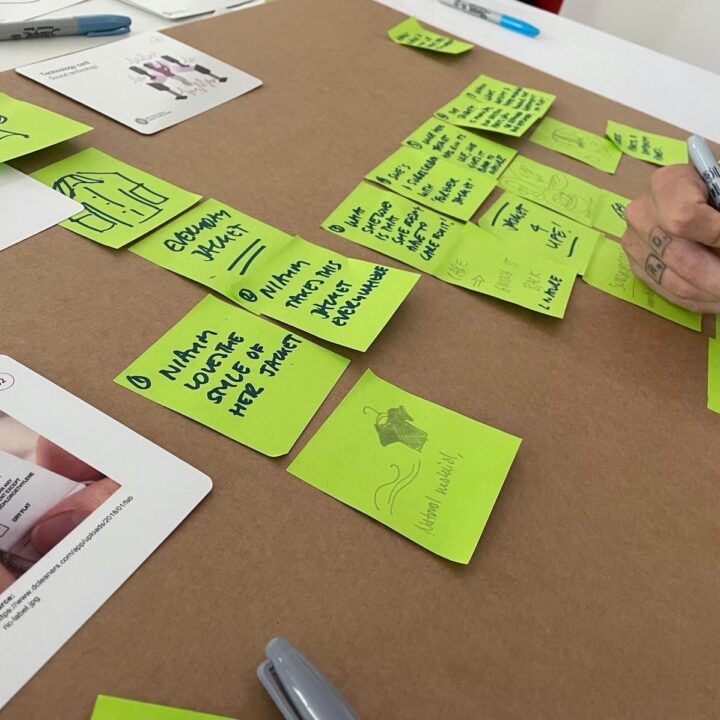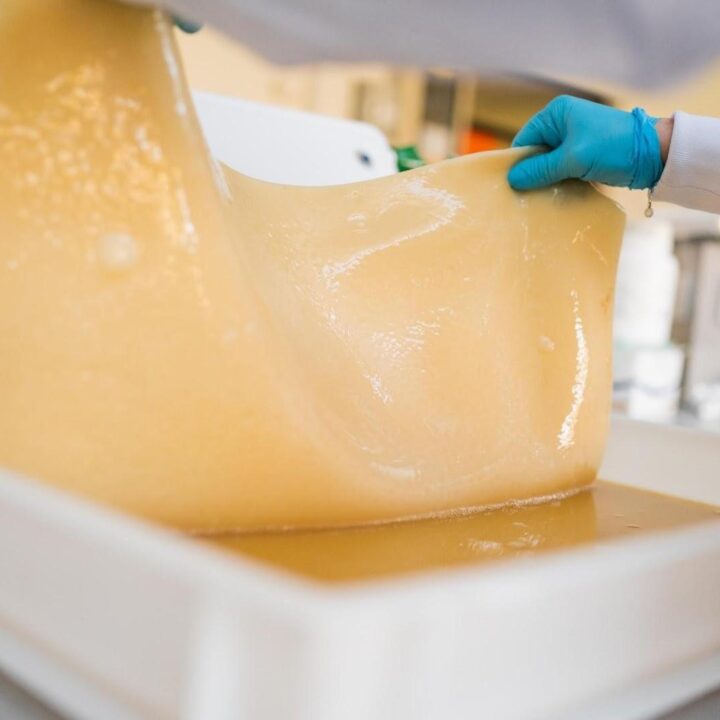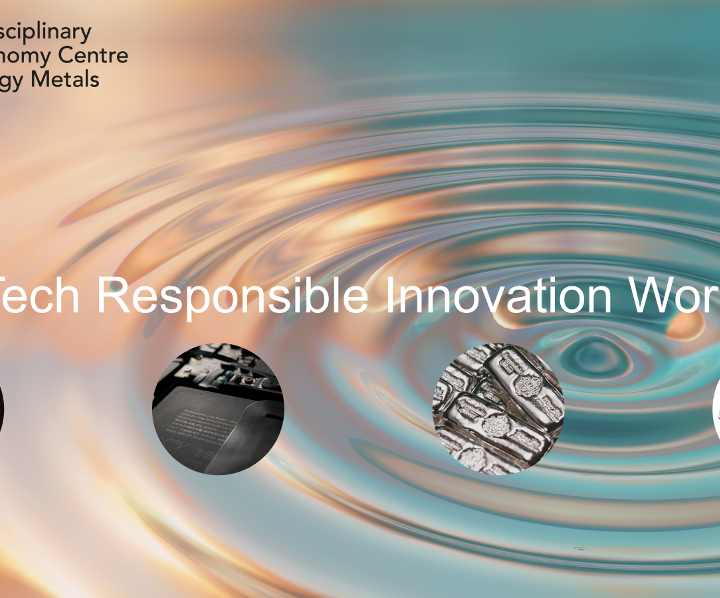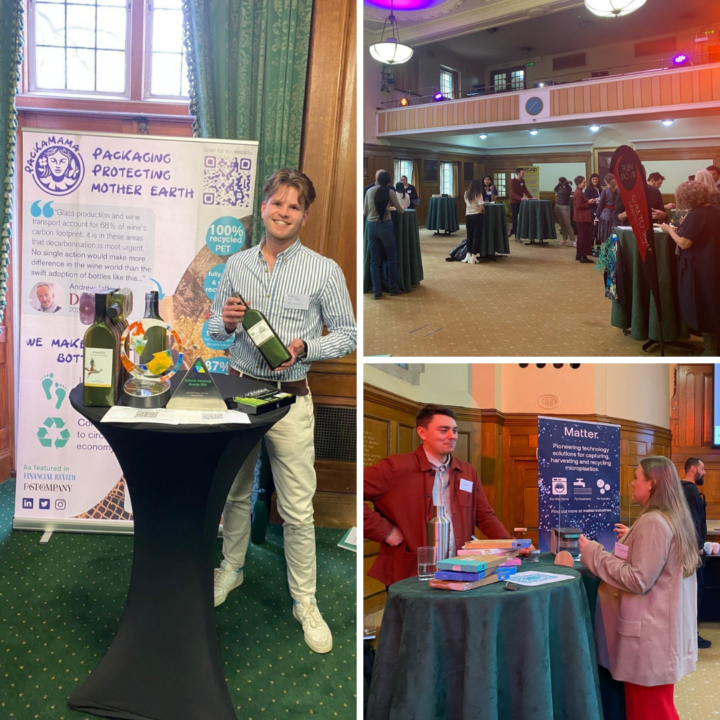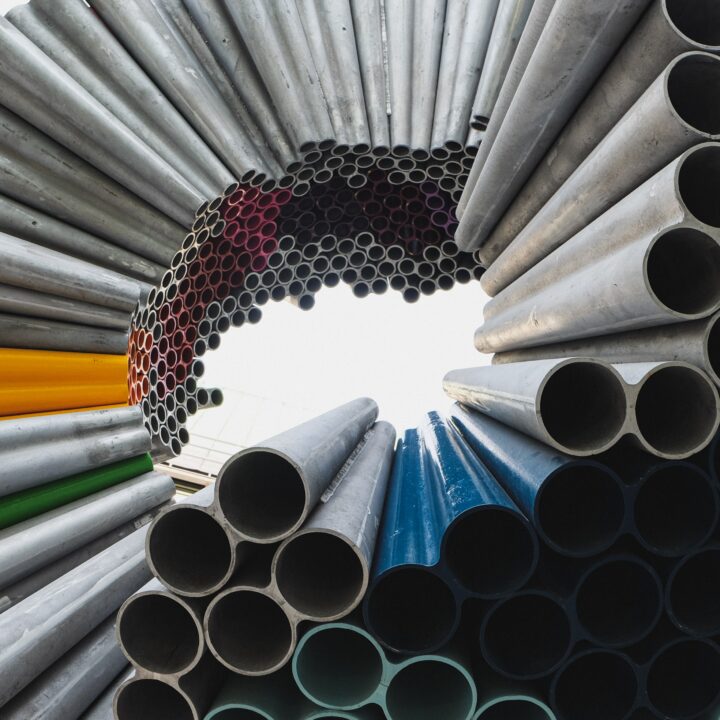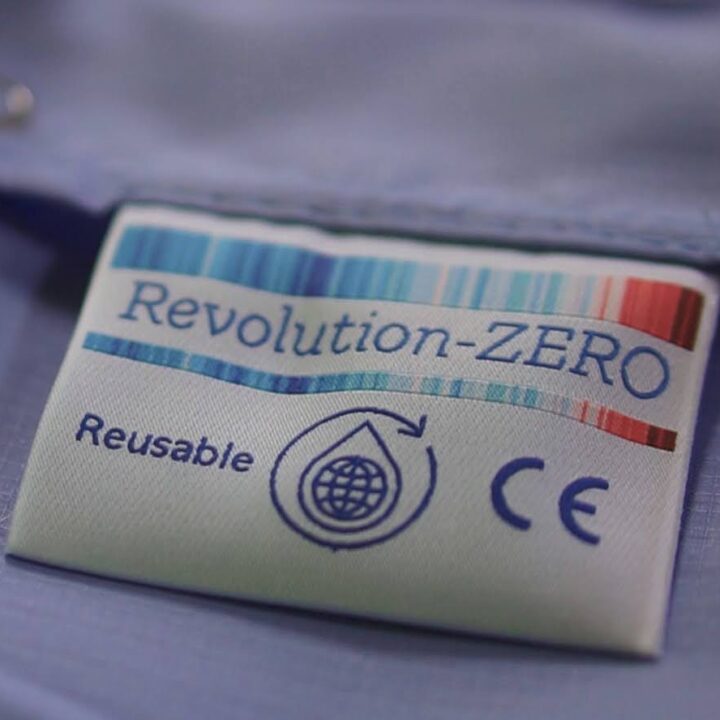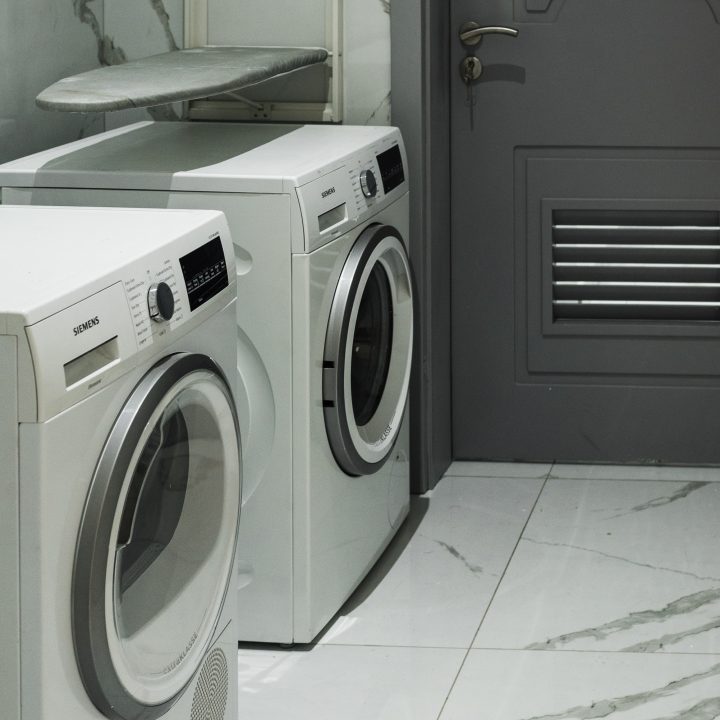The Consumer Experience Scenario-Building Toolkit by TCC is a card-based resource developed for use with consumers, designers, and industry to explore and re-design their experiences of the textile circular economy.
NICER Outputs
NICER Case Study: Materials Circularity (MC) Bacterial Cellulose Production & Fibre Spinning
The TCC Materials Circularity (MC) research strand produced bacterial cellulose by recycling three different bio-based waste streams for a sustainable polymer production. Find out more about the material and its uses.
NICER Case Study: REEs in the Magnet Value Chain
Rare Earth Elements (REEs) used in magnets are some of the most important technology metals for the energy transition. Find out how Met4Tech are investigating ways to secure future access to responsibly sourced REEs.
NICER Case Study: Responsible Innovation
Find out how Met4Tech is embedding Responsible Innovation (RI) into all aspects of their work. Two workshops conducted with industry and researchers have led to some early insights.
NICER Case Study: Shifting Public Attitude
Electronic waste is the world’s fastest growing waste stream. Find out how the Big Repair Project is using Citizen Science to find out about barriers to home maintenance.
NICER Case Study: SME Engagement
Small and medium sized enterprises (SMEs) are a source of innovation, support local economic resilience and are an essential part of many key UK and global supply chains. Find out how the CE-Hub is engaging with SMEs.
NICER Case Study: Steel Circularity Roadmap
The steel industry in the UK faces a significant challenge if it is to reach net-zero steel manufacture by 2050. Find out how the NICER Centre for Circular Metals are working towards a circular future for Steel.
NICER Case Study: Translation and Adoption of CE into new sectors – NHS
The National Health Service (NHS) is the largest supply chain in Europe, the NHS Net Zero Strategy has set targets to reduce its 2036 footprint by 80% relative to 2018.
